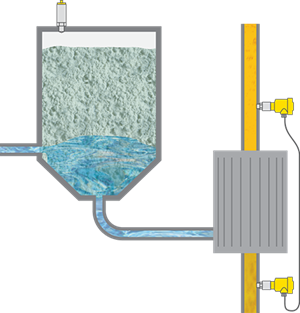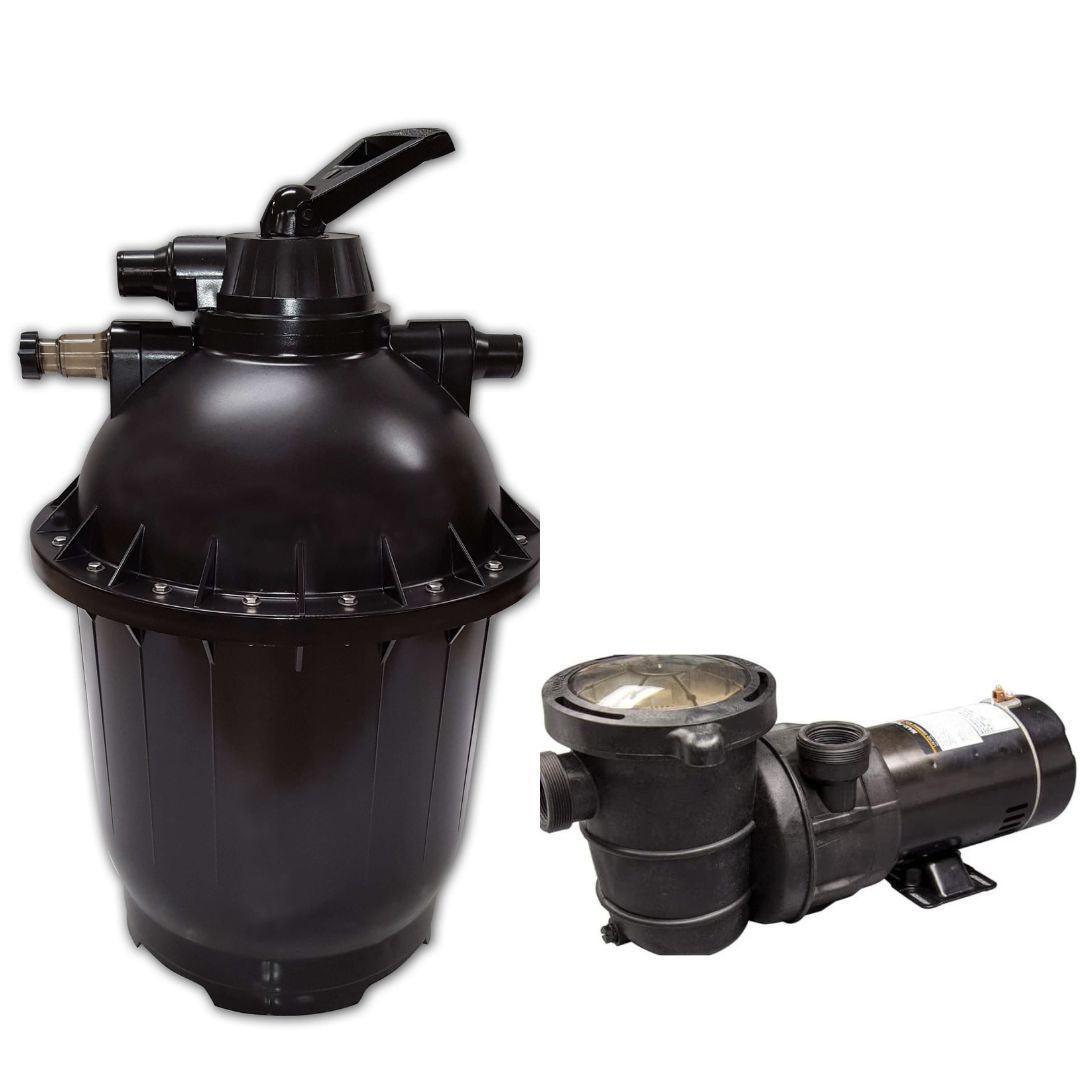Diatomaceous Earth Filtering for Aquariums: A Natural Filtration Solution
Diatomaceous Earth Filtering: A Natural Option for Superior Water Filtration

Diatomaceous Earth (DE) filtering has emerged as an engaging technique for enhancing water purification, making use of the one-of-a-kind homes of fossilized diatoms. As concerns over water high quality heighten, understanding the advantages and practical applications of DE filtering becomes significantly relevant.

What Is Diatomaceous Earth?
Diatomaceous earth (DE) is a naturally taking place, soft, stratified rock that is made up primarily of the fossilized remains of tiny aquatic microorganisms referred to as diatoms. These single-celled algae have a distinct, silica-based cell wall that adds to the distinctive residential or commercial properties of DE. The rock is porous and normally light, enabling it to take in numerous substances effectively.

Due to its high porosity and absorptive ability, DE serves many applications, including its usage in farming, pest control, and, especially, water purification. The performance of diatomaceous planet in filtering is attributed to its capability to trap and get rid of pollutants from water, making it a significantly popular choice among those seeking natural filtering remedies. Its green nature and versatility further enhance its appeal across different industries.
How Diatomaceous Planet Filtering Works
The special structure of diatomaceous earth (DE) allows it to function as a reliable purification medium in water filtration systems (diatomaceous earth filtering). Composed of the fossilized remains of tiny, marine organisms known as diatoms, DE possesses a highly absorbing and permeable nature. This intricate structure permits DE to trap pollutants and contaminants as water flows through it, properly eliminating fragments as small as 1 micron
When water is gone through a DE filter, the fluid runs into a network of tiny pores that capture suspended solids, microorganisms, and other undesirable products. The filtering procedure happens as a result of both electrostatic and mechanical interactions, where larger bits are literally trapped within the DE's matrix, while smaller sized particles may follow the surface as a result of charged communications.
In addition, DE can be used along with other filtration approaches to enhance total efficiency. As water remains to flow with the DE layer, it gradually ends up being clearer and cleaner, showcasing the tool's ability to boost water quality without the need for extreme chemicals. This all-natural filtering procedure highlights diatomaceous earth's duty as a lasting and efficient solution for water filtration.
Benefits of Diatomaceous Earth Filtering
Efficiency in water filtration is dramatically enhanced via the usage of diatomaceous earth (DE) filtering, providing various advantages that make it a preferred option for many applications. One of the main advantages of DE filtering system is its ability to eliminate a wide variety of pollutants, including microscopic microorganisms, sediments, and even specific chemicals. This ability ensures that the water cleansed through this method is not just clean however also visit this page risk-free for usage.
Additionally, DE filters have a high circulation rate, which permits quicker purification compared to traditional methods. This characteristic is particularly helpful for large-scale procedures such as municipal water therapy plants or pool. The usage of DE also minimizes the requirement for severe chemical additives, promoting a much more ecologically friendly technique to blog water purification.
Additionally, DE filtering system systems are reasonably easy to keep, requiring less regular substitute than other filtration media. The natural beginning of diatomaceous planet contributes to its sustainability, making it an eco-conscious option. Overall, the mix of performance, performance, and environmental benefits settings diatomaceous earth filtering as a leading option in the world of water filtration.
Contrast With Typical Water Filters
When reviewing water filtration methods, diatomaceous earth filtering system stands apart in contrast to typical water filters. Typical water filters, such as triggered carbon or ceramic filters, primarily concentrate on getting rid of pollutants with adsorption or physical obstacles. While these methods are effective for sure contaminations, they might not capture smaller fragments, microorganisms, or infections as effectively as diatomaceous planet (DE) filters.
Diatomaceous planet filtering system uses the unique structure of diatomite, made up of tiny, porous fossilized algae. This allows DE filters to catch fragments as tiny as 1 micron, giving superior purification capabilities. Additionally, DE filters can handle bigger quantities of water without substantial pressure loss, making them suitable for both industrial and residential applications.
Additionally, diatomaceous planet is a lasting and natural material, presenting less ecological worries compared to some artificial filter media. In comparison, standard filters usually call for normal substitute and disposal, leading to increased waste.
Applications and Use Instances
Diatomaceous planet (DE) filtering system has a diverse variety of applications throughout numerous industries because of its effective purification capabilities. Among the most famous usages of DE is in the food and drink sector, where it works as a filtration medium for beer, juice, and red wine production. Its permeable structure efficiently removes impurities, making sure a palatable and clear end product.
In the realm of swimming pool upkeep, DE filters are favored for their ability to trap fine fragments, offering exceptional water clearness contrasted to typical sand filters. Furthermore, DE is made use of in metropolitan water therapy facilities, where it assists in the removal of put on hold solids, germs, and other pollutants, adding to safe alcohol consumption water.

Beyond water purification, diatomaceous planet discovers applications in the agricultural market as a natural chemical and dirt amendment, advertising healthier plants while decreasing chemical use. Furthermore, its absorptive residential properties make it helpful in different industrial processes, including oil spill clean-ups and as a filler in building and construction products. On the whole, the versatility of diatomaceous planet filtering settings it as a useful remedy for improving water high quality across multiple domain names.
Final Thought
Diatomaceous earth filtering system stands for a efficient and sustainable technique for water filtration. As understanding of water high quality concerns expands, the adoption of diatomaceous planet filters in numerous applications is likely to boost, contributing to improved public health and ecological preservation.
Diatomaceous Earth (DE) filtering has actually emerged as a compelling technique for enhancing water filtration, using the one-of-a-kind properties of fossilized diatoms. As water proceeds to stream with the DE layer, it slowly becomes clearer and cleaner, showcasing the tool's ability to boost water high quality without the demand for severe chemicals.Effectiveness in water filtration is considerably boosted through the usage of diatomaceous planet (DE) filtering system, supplying various advantages that make it a favored choice for numerous applications.When evaluating water purification check over here approaches, diatomaceous earth filtering stands out in comparison to traditional water filters. Standard water filters, such as triggered carbon or ceramic filters, largely concentrate on getting rid of impurities with adsorption or physical obstacles.